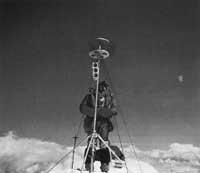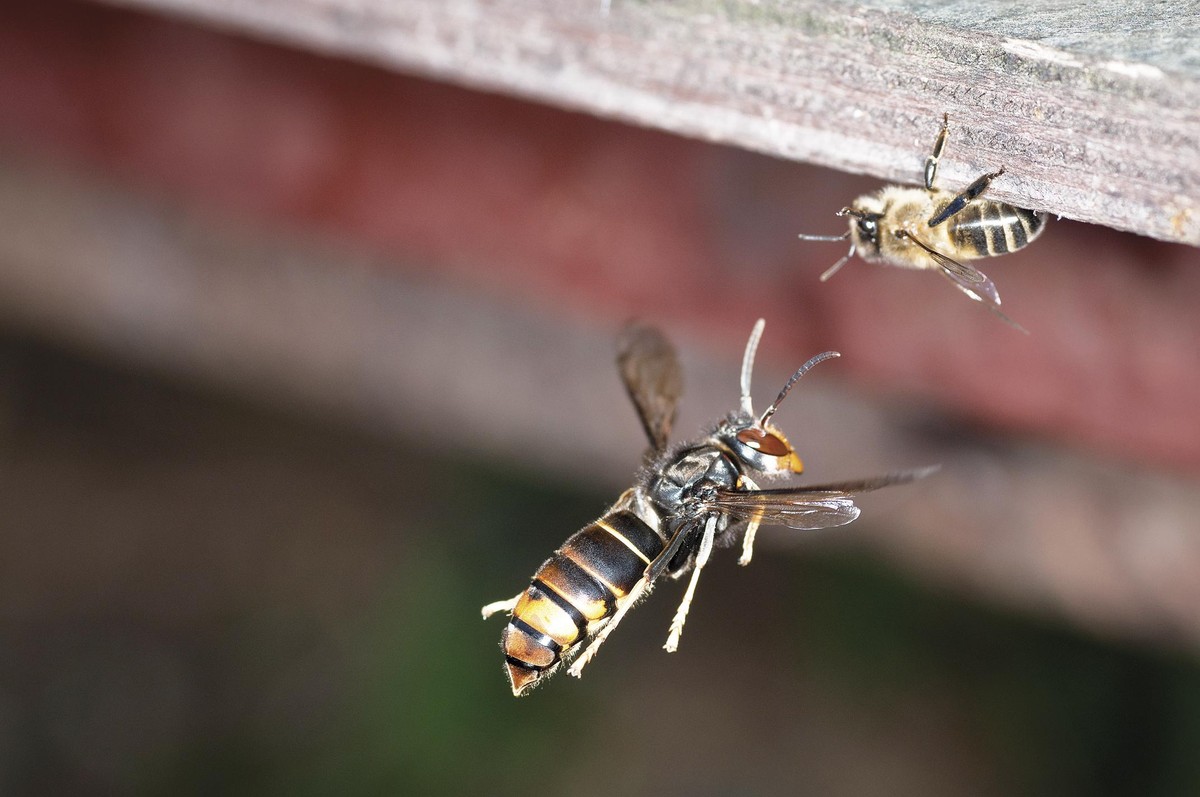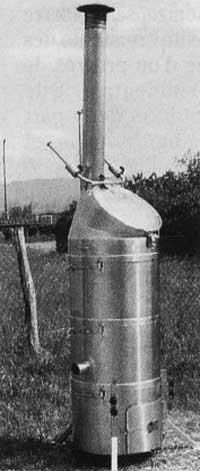Alpine wasp prepared for rescue
2007/04/01 Galarraga Aiestaran, Ana - Elhuyar Zientzia
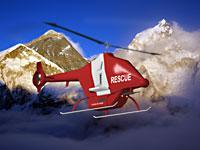
Conventional guided helicopters present two types of obstacles for high heights. On the one hand, the density of the air is insufficient to maintain the rise of the rotating blades. In addition, the fuel and air mixture is insufficient for the gas turbine or piston engine to work. On the other hand, the driver would have health problems at this point.
Most mountaineers who die in Everest lose their lives in the area known as Death Zone. The Death Zone is located between approximately 7,300 meters and the top of Everest (8,484 meters). The human body cannot adapt to this height, so if someone spends more time than necessary (instead of hours, days), the functions of the body deteriorate, knowledge is lost and finally dies.
Even below the Death Zone, mountaineers have health problems if they do not fit enough to the height. Lack of oxygen in the blood first causes headache, nausea, discomfort, fatigue, loss of coordination, etc. If no measures are taken, there is a risk of pulmonary or cerebral edema.
For mountaineers in this situation, it is vital to descend the mountain as soon as possible to receive medical treatment. But the only way to get off is with fellow expedition members and sherpes. With their help they descend to 5,364 meters from Everest base camp, where they receive the first treatment and then transfer them to Kathmandu hospital. The point is that it takes days and time is critical in these situations.
Alpine Wasp
With the helicopter they have developed in New Zealand, they expect the rescues to be safer and faster than ever. It took six years to develop the Alpine Wasp or Liztor, and in the end they managed to build a helicopter that walks safely without pilots at 9,000 meters.
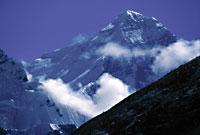
It has capacity for two sick or injured and the motor and wings are specially designed to work on those heights and orographies. The engine is diesel, does not need to be inflated, works at low temperatures, is durable and is 35% more efficient than conventional. In addition, the fuel used is cheap and not flammable. To guide the helicopter there are two ways: one giving orders from the ground and, if not, scheduled.
Tests are currently underway and will be available for the 2008 season. In addition, the Everest Rescue Foundation is developing a rescue base in the Nepalese town of Namche Bazar, 35 km from Everest. The objective is on the one hand to facilitate the rescues and on the other to improve the life of its inhabitants. The Nepalese are also participating in the project.
On the other hand, the Foundation has a website in which, in addition to informing of all purposes, it asks the public to collaborate economically in the development of the project. His collaborators include personalities such as Peter Hillary, the mountaineer of New Zealand, double Everest and the son of Sir Edmund Hillary.
Published in 7K.

Gai honi buruzko eduki gehiago
Elhuyarrek garatutako teknologia




